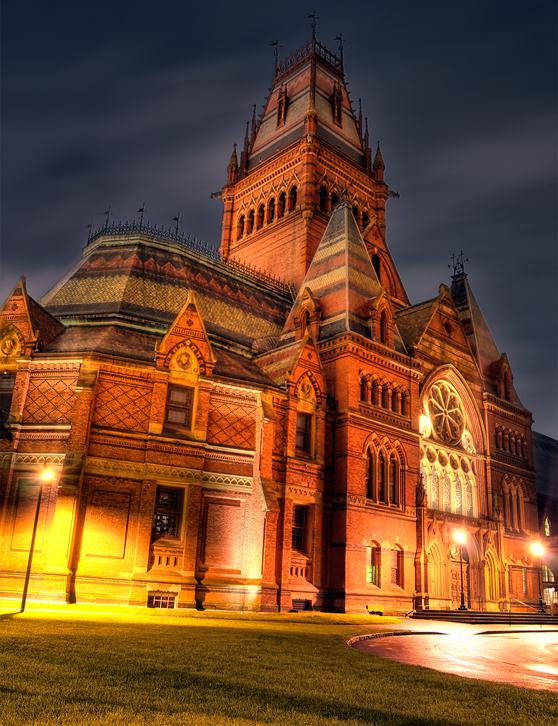Start-Up Ideas That Always Fail
June 3, 2012 in Daily Bulletin

Jay Yarow went through a Quora discussion to identify certain trends in the failures of start-ups. He listed ten start-up ideas that never work, although he did point out that they don’t work – until they do. They include:
- Search – companies have tried and failed to compete with Google and Bing. It’s not happening.
- Hyper-Local news. Such start-ups aim to produce news stories that are relevant to you and your neighborhood. AOL is the latest entrant in the arena. It never works – the market isn’t big enough.
- An email competitor. Google tried and failed with Wave – a product that they said would change email forever and would displace it. Google was wrong.
- A better car company. Several companies have tried and failed to enter the car-market. You could point to Tesla as a successful example but the company in its 9 years has sold fewer than 2,000 cars.
- Kids. Several companies think there’s a huge opportunity in making things related to kids. But the market isn’t big enough – there are only 4 million new kids in the US a year, and Toy’ R Us, Walmart and Target dominate it.
To read more examples of ideas that just won’t work including social recommendations, micropayments, and music startups among others, click here.
Source: Business Insider
Via: Newmark’s Door









Join the Discussion! (No Signup Required)